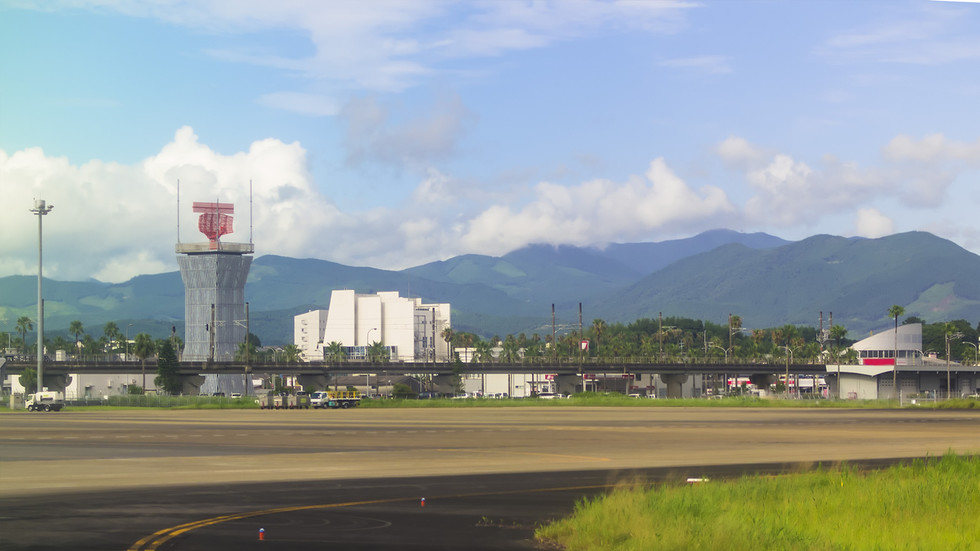On Wednesday morning, an unexploded World War II-era ordnance detonated at Miyazaki Airport, located on the southwestern coast of Japan. The explosion occurred on the taxiway, resulting in a substantial crater and causing significant disruption to airport operations. Fortunately, the timing of the blast coincided with a period of low traffic, meaning that no aircraft were on the ground at the time of the explosion. However, the force of the blast was powerful enough to send debris and smoke soaring into the air, an event captured on surveillance footage that subsequently circulated online. The airport was immediately closed following the explosion, and over 70 flights were grounded as a precautionary measure.
Authorities confirmed that the explosive device was a 500-pound US bomb that had remained buried since World War II. Investigators from the Japanese Self-Defense Forces and local police are currently looking into what triggered the unexpected detonation, given that the ordnance had lain undisturbed for decades. The blast left a notable crater on one side of the airport’s taxiway, marking a reminder of the historical conflicts that have left such remnants in the region. The incident underlines concerns regarding safety around unexploded ordnance, an issue that stems from the extensive military activities in Japan during the war.
Miyazaki Airport has a storied history; it was originally established as a military airfield in 1943 at a base used by the Imperial Japanese Navy. During its operational years, the facility played a critical role as a staging area for kamikaze pilots, witnessing nearly 50 suicide missions launched against Allied forces during the war. This historical significance heightens the importance of understanding the potential dangers that lie beneath the surface at former military installations, as many such sites continue to harbor deadly relics from a tumultuous past. The ongoing presence of unexploded ordnance, like the bomb that detonated at Miyazaki, raises concerns for both aviation safety and public awareness.
Following the incident, airport authorities have moved quickly to assess damage and begin repairs. It is expected that the airport will resume normal operations on Thursday, contingent upon filling the crater and restoring the taxiway’s surface. However, the occurrence of this explosion serves as a stark reminder of the risks associated with historical military remnants. While the airport’s quick response illustrates effective emergency management, the potential for such incidents to disrupt daily operations highlights the need for ongoing vigilance and remediation efforts at airports and other sites with military legacies.
The investigation into the circumstances surrounding the detonation is pivotal, as it may reveal insights into the preservation of unexploded ordnance and highlight the importance of safety measures at facilities like Miyazaki Airport. This incident not only impacts the immediate area but also poses questions about similar sites across the country, as many locations in Japan are still grappling with the remnants of World War II. Awareness and preparedness regarding these issues are essential in preventing potential future occurrences.
In conclusion, the explosion of the WWII-era ordnance at Miyazaki Airport is a significant event that underscores the lingering effects of historical conflicts on modern infrastructure. While the airport is expected to return to full functionality shortly, the incident is a poignant reminder of the dangers posed by unexploded munitions and the importance of addressing these risks proactively. This event not only affects travelers and airport operations but also serves as a call for enhanced awareness and continued efforts to mitigate the hazards of historical military remnants throughout Japan.

